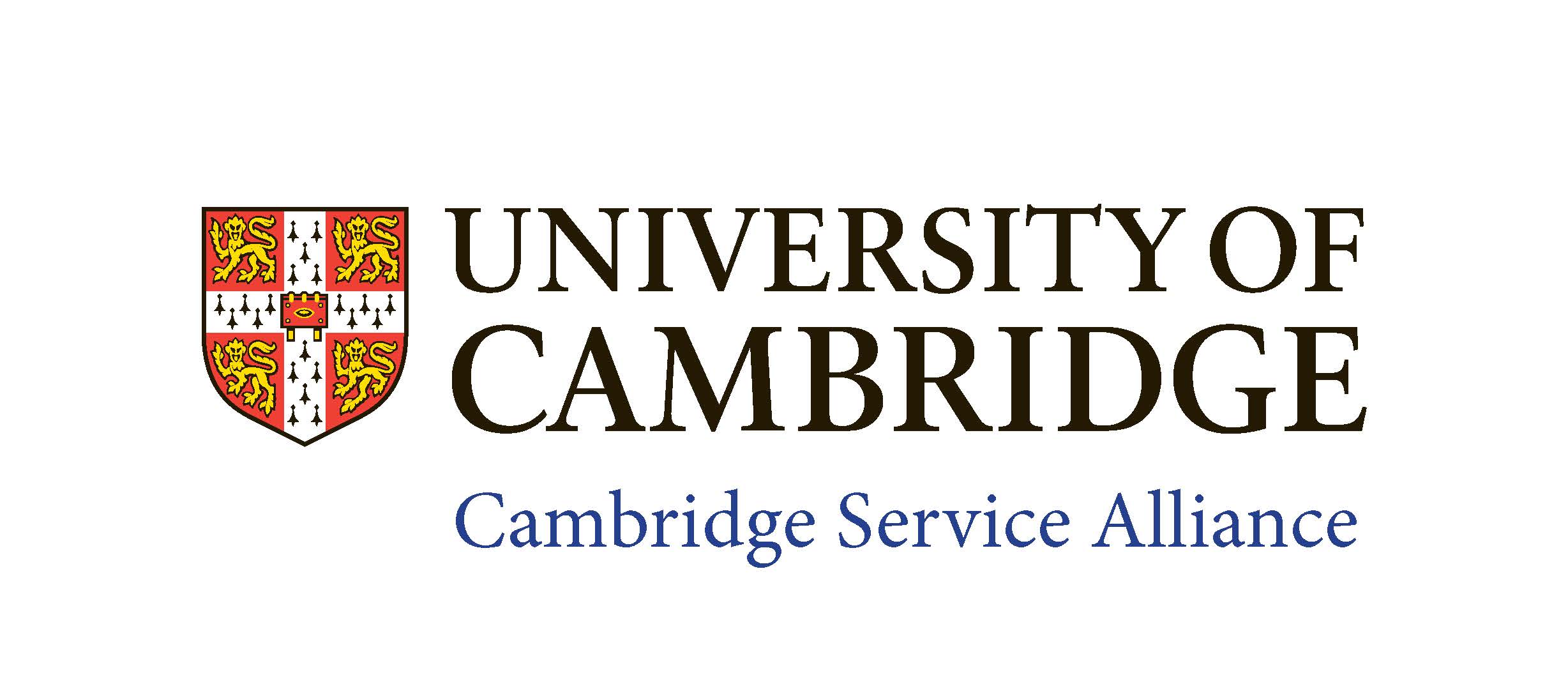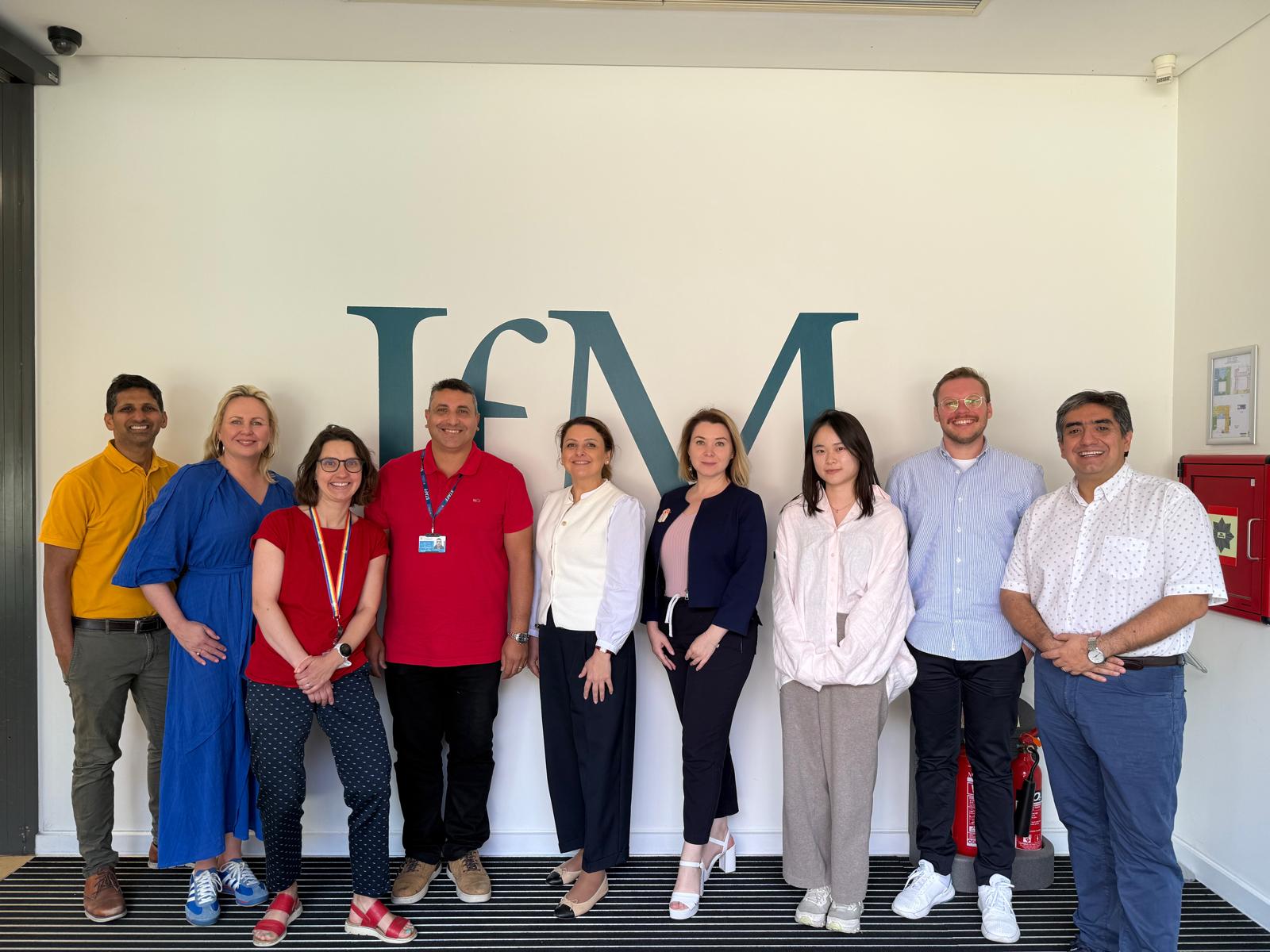Integrating Firms in Business Ecosystems
The research to be conducted in 2018 will revolve around how to design a firm or a part of the firm that allows the delivery of a solution to a customer that has changing needs over time. This is taking into consideration the integration to multiple partners of a business ecosystem. The problems firms are facing is that the orchestration of service delivery across firms, is often based on contracts. However the value delivery often needs to be flexible over time, this has an impact on execution, accountability, capability and capacity of firms as well as their customers. We understand well that customers’ needs to service and solution delivery needs change over time.
The work builds on the research done within the work stream in 2016 and 2017. We now aim to find an evidence base for working firm layouts, which are idealised for service delivery and involvement in designed business ecosystem.
Research Objectives
The layout of the year will be split into:
- Third party data on how a set of firms (who are running successful ecosystems) are built internally.
- Interviews and maps of the organisational setup of alliances and business ecosystems in which partners are included.
If you are interested in this research project or the content, please contact Dr Florian Urmetzer
Past Research: How are different types of value being created by an ecosystem and captured by its customer?
In today’s increasingly complex and interconnected world, customer needs for goods and services are better addressed by networks of interacting organisations (focal firms, suppliers, competitors, partners, complementors, and other stakeholders). Such networks act as business ecosystems in which companies’ business models are closely interdependent, competition goes hand in hand with cooperation, and no single firm can succeed without relying on resources and capabilities controlled by others. Thinking in terms of ecosystems is increasingly important for large corporations worldwide. The focus question of this year’s research is “How are different types of value being created by an ecosystem and captured by its customer?”
Research Objectives
The project has the following objectives:
- Define values which are transferred between businesses in a B2B setting, coming from the state of the art in the value creation and value capture literature.
- Provide a step-by-step guide to enable the structuring of conversations on ecosystem value mapping.
- Develop a framework or tool to support the mapping and hence help visualisation and understanding of value creation and value capture in ecosystems.
Approach
Building on previous Alliance studies, the Ecosystems Research 2018 will investigate how value is understood in the partner organisations; how mapping exercises are executed and how the conversations taking place can be supported and guided. The aim is that firms can use the output from the research to explore, interpret, and leverage ecosystems in which they participate and fully understand all types of value (e.g. direct and indirect) which are delivered to customers and partners within the ecosystem.
There are two in-depth case studies planned throughout the year. The researchers seek to answer questions like:
- What are the core capabilities being delivered to the customer from the ecosystem?
- Which capabilities are delivered which are not core, but are not charged for?
- Who is delivering which value to the customer?
2015 Activities
The activities planned for the year are split into six areas. Leading to a full research cycle
1. Assess the state of the art in the field and identify important academic publications.
2. Execute an exploratory study and assess the use of ecosystem mapping and value mapping within companies (needs assessment and understanding of use.
3. Execute case study one, which includes observing the work done on definition and understanding of ecosystems. The work done will lead into using a draft ecosystem value canvas and redefining it.
4. Execute case study two, in a similar design to the above.
5. Full data analysis and building of a step-by-step guide for practical use.
Outputs
- A method giving practitioners a step-by-step guide to understand the values being exchanged on the point of contact between an ecosystem and its customer (in B2B settings).
- A tool allowing to structure the conversation around value types.
Downloads
Business Ecosystems Paper
The April 2017 Paper on 'Business Ecosystems: Towards a Classification Model', by Florian Urmetzer, Andy Neely and Veronica Martinez.
Ecosystems Value Framework Paper
The December Paper on 'The Ecosystem Value Framework: Supporting Managers to Understand Value Exchange between Core Businesses in Service Ecosystems', by Florian Urmetzer, Veronica Martinez and Andy Neely.
Feedback from the Frontline: Engaging front-line employees in service innovation
Latest executive briefing on engaging front-line employees in service innovation, by Florian Urmetzer, Stefan Titz, Veronica Martinez and Andy Neely
 Engineering Services - Unpacking Value Exchange
Engineering Services - Unpacking Value Exchange
April paper on 'Engineering Services: Unpacking Value Exchange', by Florian Urmetzer, Andy Neely, Veronica Martinez
Ecosystems Research 2016 Poster - from Cambridge Service Week
Ecosystems Research 2015 Poster - from Cambridge Service Week
Ecosystems Research 2014 Poster - from Cambridge Service Week






